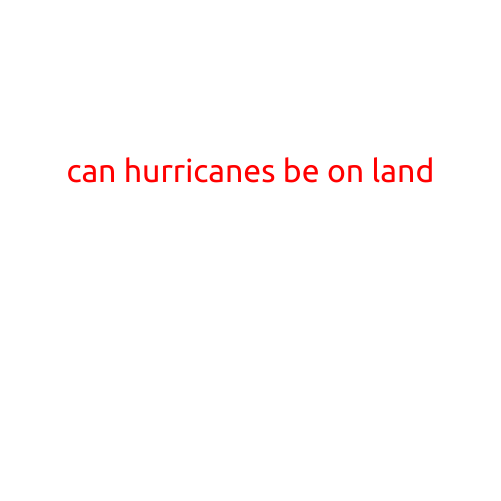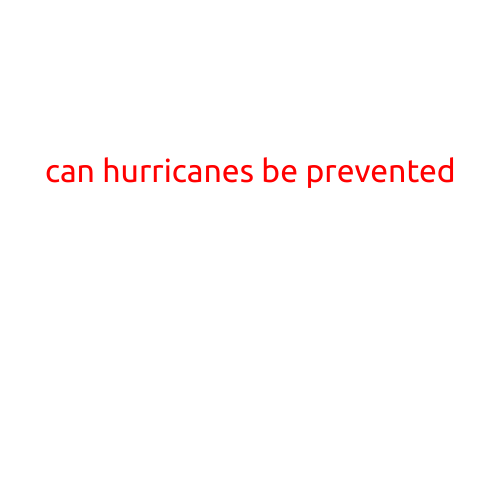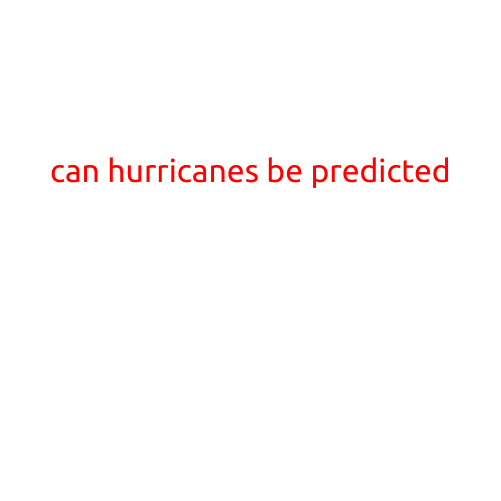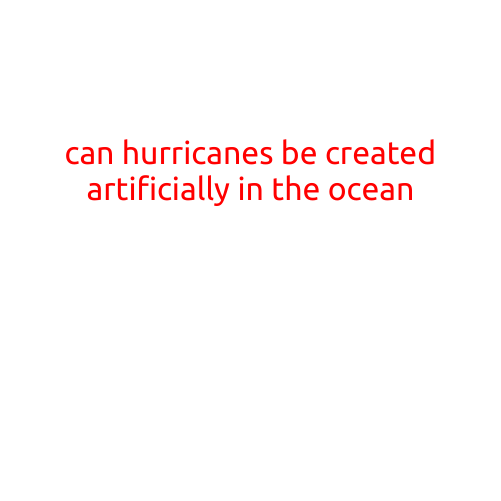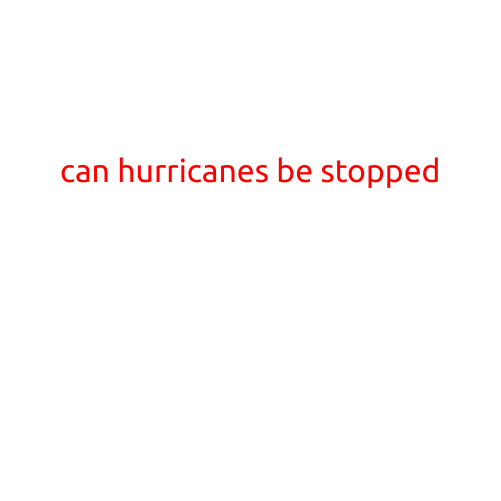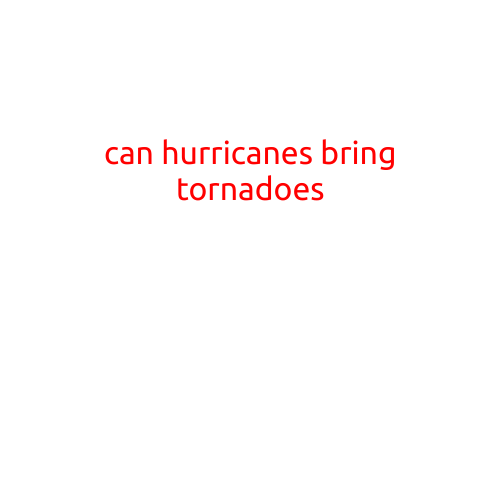
Can Hurricanes Bring Tornadoes?
Hurricanes and tornadoes are two of the most powerful and destructive types of storms that can strike areas. While they are different in terms of their formation and behavior, they can both have devastating consequences when they make landfall. Over the years, there have been instances where hurricanes have brought tornadoes, leaving residents in affected areas wondering if it’s possible for these two types of storms to coexist. In this article, we’ll explore the relationship between hurricanes and tornadoes, and whether it’s feasible for hurricanes to bring tornadoes.
What are Tornadoes?
Tornadoes are rotating columns of air that touch the ground and are characterized by high wind speeds that can reach up to 300 miles per hour. They are formed when a combination of atmospheric conditions come together, including warm, moist air near the surface and cooler air above. This contrast in temperatures and humidity creates instability in the atmosphere, which can lead to the formation of thunderstorms. Tornadoes are typically associated with spring and summer weather patterns, particularly in the United States.
What are Hurricanes?
Hurricanes, on the other hand, are tropical cyclones that form over warm ocean waters. They are fueled by the heat and moisture from these bodies of water, which can lead to the formation of a rotating system of winds. Hurricanes are classified based on their wind speed, with categories ranging from 1-5. The most destructive hurricanes are typically those with winds of 111 mph or higher.
Can Hurricanes Bring Tornadoes?
While it’s not common for hurricanes to bring tornadoes, it’s not impossible either. There have been instances where tornadoes have occurred within the outer rain bands of a hurricane, which is a phenomenon known as “tropical-transitional tornadoes.” These types of tornadoes are rare and typically form when the inner eye of the hurricane is still over water, but the outer rain bands are approaching land.
When a hurricane makes landfall, the interaction between the hurricane’s winds and the atmosphere can lead to the formation of thunderstorms. This is because the hurricane’s winds can create areas of rotation and instability in the atmosphere, which can then lead to the formation of tornadoes. However, this is usually limited to the outer fringes of the hurricane’s circulation, and not typically within the eye of the hurricane itself.
Examples of Hurricanes Bringing Tornadoes
There have been a few instances where hurricanes have brought tornadoes. One notable example is Hurricane Harvey, which made landfall in Texas in August 2017. The storm produced several tornadoes, including one that was rated EF3, with winds of up to 136 mph.
Another example is Hurricane Katrina, which made landfall in Louisiana in August 2005. The storm produced several tornadoes, including one that destroyed a shopping center and damaged several homes.
Conclusion
While it’s not common for hurricanes to bring tornadoes, it’s not impossible either. Tornadoes can form within the outer rain bands of a hurricane, particularly when the inner eye of the hurricane is still over water and the outer rain bands are approaching land. However, this is a rare phenomenon and typically occurs only on the fringes of the hurricane’s circulation. Residents in areas affected by hurricanes should remain aware of the potential for tornadoes and take necessary precautions to ensure their safety.
References:
- National Hurricane Center. (2020). Hurricane Harvey Tropical Cyclone Report.
- National Weather Service. (2020). Hurricane Katrina Tornado Report.
- National Oceanic and Atmospheric Administration. (2020). Hurricanes and Tornadoes: A Review of the Relationship.

